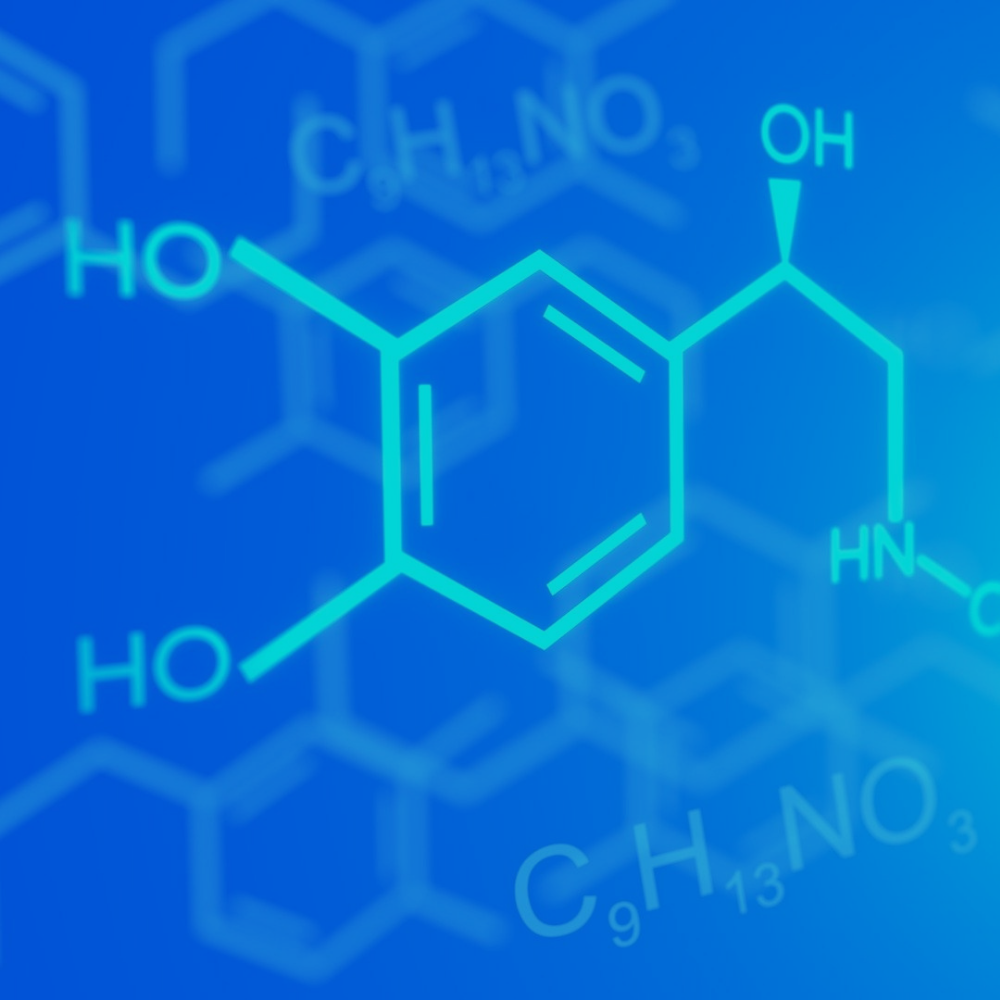

Muhammad Ali Zulfikar
One of problems that are faced by people who live in lowland and marshy area is the scarcity in the availability of clean water. This is due to the fact that the abundant source of water in that area is peat water. Peat water is water having more than 75% humic acid content and has the character of acid. Humic acid imparts a brown or yellow color in peat water and pose a serious environmental problem, particularly in drinking water treatment because of their taste and odor. They also tend to react with a variety of oxidants and disinfectants used for the purification of drinking water forming carcinogenic disinfection byproducts (DBPs). In order to acquire clean water from peat water it is necessary to do pretreatment process to this water. At present, there are several methods used to remove humic substance, especially humic acid as main component from peat water, such as coagulation-flocculation, electro coagulation processes, oxidation, photocatalysis, biofiltration and membrane technology. However, these techniques are associated with problems such as excessive time requirements, high costs and high energy consumption. Due to its simplicity and high efficiency, adsorption treatments have been extensively applied to remove organic pollutants in aqueous environments. Activated carbon is the most widely studied and used as adsorbents for water and wastewater treatments. However, the main disadvantage of activated carbon is its high cost in manufacturing and treatment and difficult to regenerate. Therefore there is a need to continue the research and development in finding the alternative adsorbents with high adsorptive capacity for humic acid removal. Molecularly-imprinted polymers membrane (MIPsM) are synthetic materials having artificially generated recognition sites able to rebind a specific target molecule. The resulting MIPsM are stable, and they show main advantages such as high mechanical strength, robustness, and resistance to a wide range of pH, solvents, and temperatures. In this proposal, a selective MIPsM intended to the adsorption of humic acid (HA) from peat water will be prepared. The MIPsM and the corresponding non-imprinted polymers membrane (NIPsM) will be prepared by radical polymerization technique using methacrylate acid (MAA) as a functional monomer, humic acid (HA) as templates, divinyl benzene (DVB) as a cross-linker, 2,2-azo-bis-isobutyronitrile (AIBN) as an initiator, and acetonitrile as a solvent. The physical properties of the MIPsM will be characterized by Fourier transform infra-red (FT-IR) spectroscopy, scanning electron microscope (SEM), zeta potential, and Brunauer-Emmett-Teller (BET) method. The effects of agitation time, pH, adsorbent dosage, and temperature on adsorption of HA from peat water will be investigated as well. The kinetics of the removal process will be determined using pseudo-first-order, pseudo-second-order, intra-particle-diffusion, and Boyd kinetic models. The Langmuir, Freundlich, and Sips isotherm models will be used to evaluate the equilibrium adsorption data.